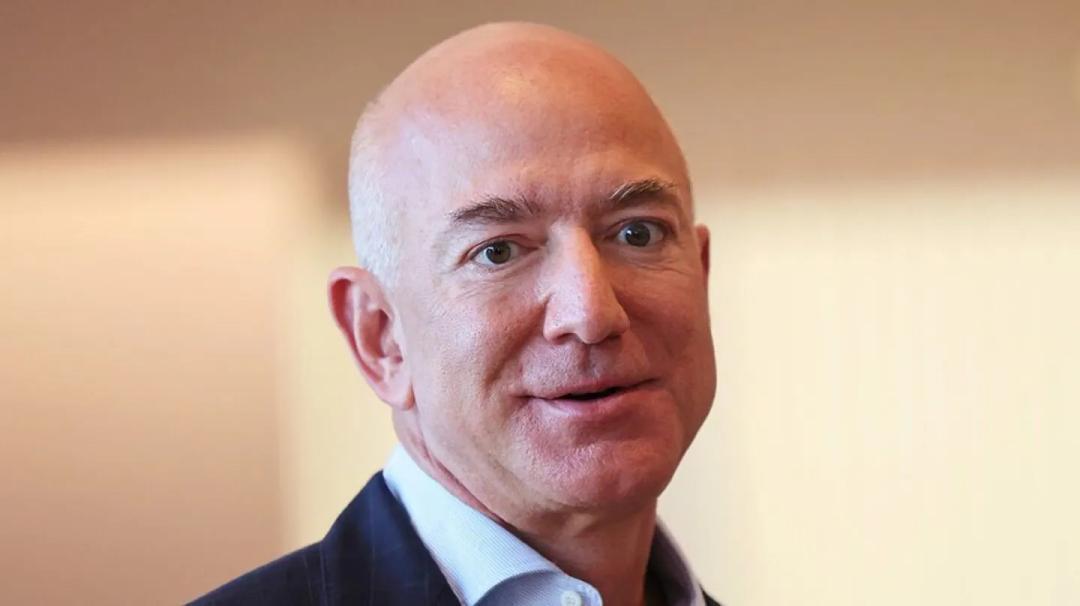
What’s 10b5-1 rule under which Bezos sold ₹13,000cr Amazon shares?
Billionaire Jeff Bezos, the founder of Amazon, recently made headlines by selling 6.6 million shares of the e-commerce giant worth approximately $1.5 billion (about ₹13,000 crore). The sale was executed under a prearranged trading plan called Rule 10b5-1, which allows insiders at public companies to set up a plan for selling their shares in advance. This regulation from the US Securities and Exchange Commission (SEC) provides affirmative defense against insider trading allegations.
For those who may not be familiar with the 10b5-1 rule, let’s dive deeper into what it is, how it works, and why Bezos chose to use it to sell a significant chunk of his Amazon shares.
What is the 10b5-1 rule?
The 10b5-1 rule is a regulation that allows company insiders, including executives, directors, and significant shareholders, to establish a written trading plan to sell a predetermined number of shares of the company’s stock over a specific period. This plan is designed to ensure that the insider is not trading on material non-public information (MNPI) and is not engaging in insider trading.
The 10b5-1 rule was introduced in 2000 to address concerns about insider trading and the potential for company insiders to use their knowledge of material information to trade on the company’s stock. The rule requires insiders to establish a plan that is pre-set and non-discretionary, meaning that the insider cannot change or cancel the plan once it is in place.
How does the 10b5-1 rule work?
To establish a 10b5-1 plan, an insider must follow a specific process. First, the insider must establish a written plan that outlines the specific details of the plan, including the number of shares to be sold, the timing of the sales, and the price range for the sales. The plan must be pre-set and non-discretionary, meaning that the insider cannot change or cancel the plan once it is in place.
Once the plan is established, the insider must implement the plan by selling the shares as outlined in the plan. The insider cannot trade on the company’s stock outside of the plan, and the plan must be disclosed publicly.
Why did Bezos choose to use the 10b5-1 rule?
Bezos’ decision to use the 10b5-1 rule to sell a significant chunk of his Amazon shares is likely due to the fact that it provides an affirmative defense against insider trading allegations. By establishing a pre-set plan for selling his shares, Bezos can demonstrate that he was not trading on material non-public information and was not engaging in insider trading.
The 10b5-1 rule also provides Bezos with a way to diversify his investment portfolio and reduce his exposure to Amazon’s stock. As the company’s largest shareholder, Bezos’ continued ownership of Amazon shares may be seen as a conflict of interest, and the sale of a significant chunk of his shares may be seen as a way to address these concerns.
Conclusion
The 10b5-1 rule is a valuable tool for company insiders who need to sell shares of their company’s stock. By establishing a pre-set plan for selling shares, insiders can demonstrate that they were not trading on material non-public information and are not engaging in insider trading.
Bezos’ decision to use the 10b5-1 rule to sell a significant chunk of his Amazon shares is likely a strategic move to diversify his investment portfolio and reduce his exposure to Amazon’s stock. The sale of these shares is a significant event in the world of corporate finance, and it is interesting to note that Bezos chose to use the 10b5-1 rule to execute the sale.
Source:
https://www.newsbytesapp.com/news/business/jeff-bezos-sells-1-5b-worth-of-amazon-shares/story






